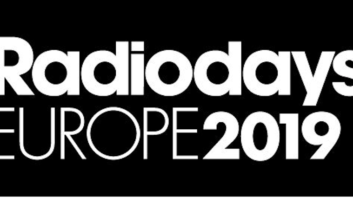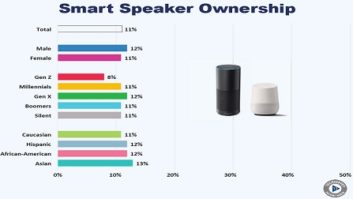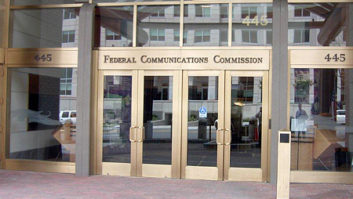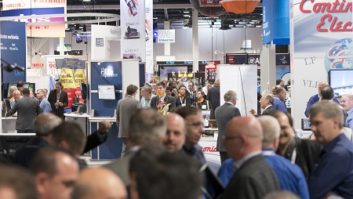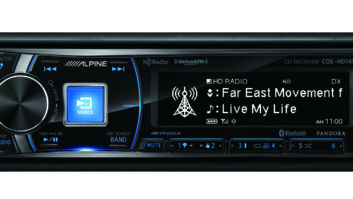The author is project director for RadioDNS.
LONDON — RadioDNS Hybrid Radio exists because we think that the best experience of radio in the car dashboard is enabled by combining broadcast and IP together into one hybrid technology. We have a number of initiatives to enable widespread implementation of hybrid radio using our open standards.
 The radio industry is characterized by its diversity, from stations that struggle to stay on-air to well-resourced stations with lots of content distributed over a diversity of platforms. There’s no consistent quality of metadata, and this frustrates car manufacturers who get consistency from services like Spotify, Pandora or iHeartRadio.
The radio industry is characterized by its diversity, from stations that struggle to stay on-air to well-resourced stations with lots of content distributed over a diversity of platforms. There’s no consistent quality of metadata, and this frustrates car manufacturers who get consistency from services like Spotify, Pandora or iHeartRadio.
MEETING EXPECTATIONS
This diversity is our most complex challenge — both for RadioDNS as an organization and radio as an industry. Broadcasters are, rightly, anxious about a concentration of power to gatekeepers who can control metadata, potentially disintermediation and disconnecting them from their audiences.
But car manufacturers want to make sure that every station reaches certain minimum standards; a logo, a comprehensible station name, “now playing” information, album artwork. They are approached daily by companies offering to “repackage” radio to give it that consistency by “backfilling” the capabilities gap. To a car manufacturer, “gatekeeping radio” is initially a good thing.
RadioDNS’ technology standards prevent us from becoming an intermediary and no content flows through us. We sell nothing. We are a not-for-profit organization, governed by statutes and financed and run by our members. For broadcasters wanting to secure their place in the dashboard, supporting RadioDNS is the very lowest risk option.
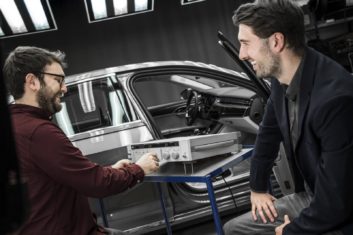
But this fundamental “hands-off” approach to our technology design also means we can’t fix up inferior radio station metadata. We have absolutely no way, either technically or within our structure, to do that. If you broke it, we can’t fix it for you. When we meet automotive companies, they love that our standards will function for decades (much as RDS has), but don’t like that we can’t guarantee how many stations will provide quality content.
We have three initiatives to try and bridge this expectation gap without compromising our “no gatekeeper” approach to hybrid radio.
THREE INITIATIVES
Our service provider certification program acknowledges that every automotive manufacturer will work with a third-party technology supplier to enable hybrid radio. We encourage manufacturers to use RadioDNS Certified solutions, which guarantees that “backfilling” is only used if a radio station isn’t providing content using RadioDNS. Xperi’s Connected Radio platform was the first to become certified.
“Project Logo” is our initiative to get every radio station to meet the automotive industry’s basic expectations, and you’d gather correctly from the name, the first expectation is a correct logo for every station.
Alongside the technical standards for getting a logo (and other content) from a broadcaster to a car, we identified that broadcasters and manufacturers want a common understanding of how content will be presented to drivers. Putting that in place protects the people with good intentions, and makes it easier to penalize those people with bad intent.
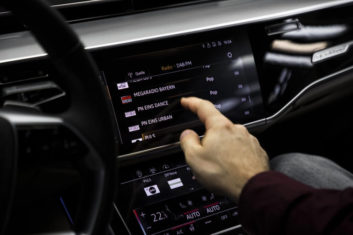
Our “Standard Terms of Use” is a document that we would like every radio station and manufacturer to use. A radio station will offer their content using our Standard Terms, and an auto manufacturer can use the content if they know they follow the terms. RadioDNS won’t be a party to the agreement, but we will keep a permanent reference version of it.
This approach is scalable, and avoids a concentration of power in one place. Each deal is effectively bilateral between the broadcaster and the manufacturer, but because it’s the same deal — the exact same words — there’s little legal effort involved with agreeing to it. The broadcaster can choose to control to whom they’re providing data, and measure their usage.
For us to meet our ambition for the terms to be universally used, we needed input from broadcasters and manufacturers, and we had a consultation running until April 12.
For us to meet our ambition for the Terms to be universally used, we need input from broadcasters and manufacturers now, and we have a consultation running until April 12. Look at the Terms, and see if you could use them. If you couldn’t, let us know why not. All the documents are available here.
PARTNERS
In the United States, we are working with the National Association of Broadcasters, one of our founding members, to help every U.S. radio station provide RadioDNS Project Logo, either directly or by working with a partner listed here.
The NAB has brought their member broadcasters and manufacturers like Audi together for discussions and to test implementations of RadioDNS in the North American market. Both RadioDNS and Audi will be at this year’s NAB Show demonstrating RadioDNS in the dashboard of real vehicles. In Europe, we have a similar working relationship with the European Broadcasting Union, who are helping their members launch RadioDNS hybrid radio with their RadioManager platform, which can also provide metadata for voice assistants in smart speakers and in the dashboard.
The EBU also hosted a very engaging RadioDNS/WorldDAB workshop bringing together broadcasters and manufacturer to discuss their five most pressing issues in respect of radio in the car. In Australia we work with Commercial Radio Australia, and their RadioAPP platform now natively supports RadioDNS.
[Read: Radio Seeks Its Future in the Vehicle]
These partnership initiatives, as well as working directly with broadcasters, mean that RadioDNS is available for more than 80 percent of radio listening in many European countries, and is rising in North America and Australia.
Over time, we want more radio stations and service providers to use our standards to provide their content to the dashboard. Certification, Project Logo and the Standard Terms of Use are key parts of that ambition.
